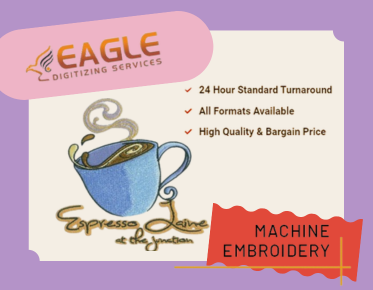How does photo emulsion help create a stencil during the screen printing process?
Screen printing is a versatile and widely used method for transferring designs onto various surfaces, including textiles, paper, and other materials. One of the critical components in this process is the creation of a stencil, which dictates where the ink will be applied. Photo emulsion plays a vital role in creating these stencils, offering precision and flexibility that traditional methods may lack.
Understanding Photo Emulsion
Photo emulsion is a light-sensitive substance that hardens when exposed to light. It is typically used in screen printing to create detailed and intricate stencils. The emulsion is applied to a mesh screen, which acts as the foundation for the stencil. Once the emulsion is dry, the screen is ready to be exposed to light.
The Stencil Creation Process
The process of creating a stencil with photo emulsion involves several steps. First, the design to be printed is prepared on a transparent film. This film is then placed on the emulsion-coated screen. When the screen is exposed to a light source, the areas of the emulsion not covered by the design harden, while the areas under the design remain soft. This differential hardening creates the stencil, as the soft emulsion can be washed away, leaving open areas on the screen where ink can pass through.
Advantages of Using Photo Emulsion
Using photo emulsion in screen printing offers several advantages. It allows for high precision and detail, making it ideal for complex designs. Additionally, it is versatile and can be used on various screen mesh sizes, accommodating different types of inks and substrates. This flexibility makes it a preferred choice for many screen printing applications.
Application in Different Industries
Photo emulsion is widely used in industries ranging from fashion to promotional products. For instance, in the promotional industry, companies often require detailed logos and designs on items like t-shirts and hats. The precision offered by photo emulsion ensures that these designs are accurately reproduced, enhancing the quality of the final product. Companies like Eagle Digitizing specialize in providing high-quality digitizing services that complement the screen printing process, ensuring that designs are perfectly translated from digital formats to physical prints.
Choosing the Right Emulsion
There are different types of photo emulsions available, each suited for specific applications. Some are designed for use with water-based inks, while others are better suited for plastisol inks. Choosing the right emulsion is crucial for achieving the best results in screen printing. Factors such as the type of ink, the substrate, and the level of detail required in the design should all be considered when selecting an emulsion.
Future Trends in Screen Printing
As technology advances, the screen printing industry continues to evolve. Innovations in emulsion chemistry and exposure techniques are making the process more efficient and environmentally friendly. For instance, the development of eco-friendly emulsions that reduce chemical waste is gaining traction. Additionally, digital technologies are being integrated into traditional screen printing processes, offering new possibilities for customization and design complexity.
In conclusion, photo emulsion is a crucial component in the screen printing process, enabling the creation of precise and detailed stencils. Its versatility and adaptability make it an indispensable tool for various industries. As the industry continues to innovate, the role of photo emulsion in screen printing is likely to expand, offering even greater possibilities for creativity and efficiency.



